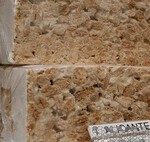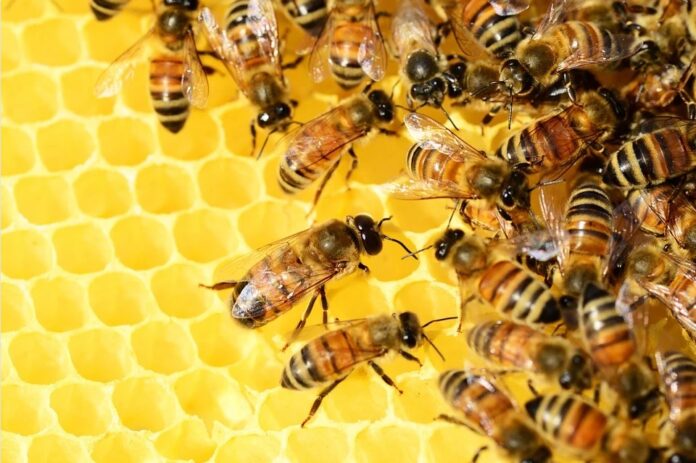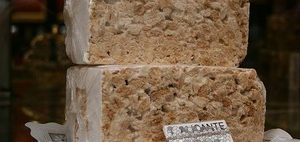A bee’s genes are ‘turned on’ or ‘off’ depending on the food the larvae receive. Pollination is the transfer of pollen from the male parts of a plant to the female parts. Approximately 90% of flowering plants receive the help of some pollinating animal, among which we have from mammals, such as monkeys or bats, to birds or reptiles. In any case, the main group of pollinators are bees.
When we think of bees, the most common thing is that we do so in honeybees, that is, in those that live in a hive in which there is a queen, workers and drones. The nice protagonist of the children’s series ‘Maya the Bee’ was a worker bee of the species apis mellifera.
The determination of the sex of the individuals in the colony depends on the number of chromosomes they have. The eggs that are not fertilized, that is, in which the oocyte and the spermatocyte do not mix, have a single genetic copy (haploid) and give rise to male individuals (drones).
queen bee royal jelly
The males of a hive, therefore, are the result of parthenogenesis, a form of asexual reproduction in which the female gametes develop on their own, without the need to be fertilized by the male gametes.
However, those individuals that come from fertilized eggs (diploid) give rise to bees of the female caste, which can be workers or queens. These bees are genotypically the same and phenotypically different, in roman paladino, despite the fact that their genes are the same, their appearance is different.
What will determine the differentiation of females is something as ‘simple’ as food. If the larvae are fed with royal jelly, their development will be that of a queen, with the entire reproductive system developed, but if the larva is fed with honey and pollen, it will become a worker.
Royal jelly is secreted by glands that are located on the head of the young workers – aged between 5 and 15 days – and consists of a whitish substance with a gelatinous texture, warm and acidic that has the ability to modify DNA of the bees that feed on it.
Long live the Queen
The death of the queen bee or the creation of a new swarm – a group of bees, generally in motion – are the two situations that can generate the need for a new queen.
The workers will be in charge of selecting between three and five larvae, which they will place in the real cells, which are larger than the rest. There the wet nurses will carefully care for the chosen ones until the birth takes place, at which point a fight will break out from which only one will emerge, the strongest. It is important that the survivor is the one with the best genes, since it will be she who transmits her genetic material to the larvae for years to come.
The queen differs from the workers because it has a larger size –a protruding abdomen-, a greater longevity –it will survive between 3 and 5 years, unlike the workers, who usually live a maximum of five weeks-, different shades and a stinger. anatomically different.
To give us an idea of the longevity of the queen, if we were to translate the figures to the scale of human beings, it would be as if a person who ate royal jelly could live 3,200 years, compared to eighty for the rest of the world. deadly.
Font: PETER CHOKER / ABC
Reference article: https://www.abc.es/ciencia/abeja-convierte-queen-20220916143916-nt.html














Add Comment